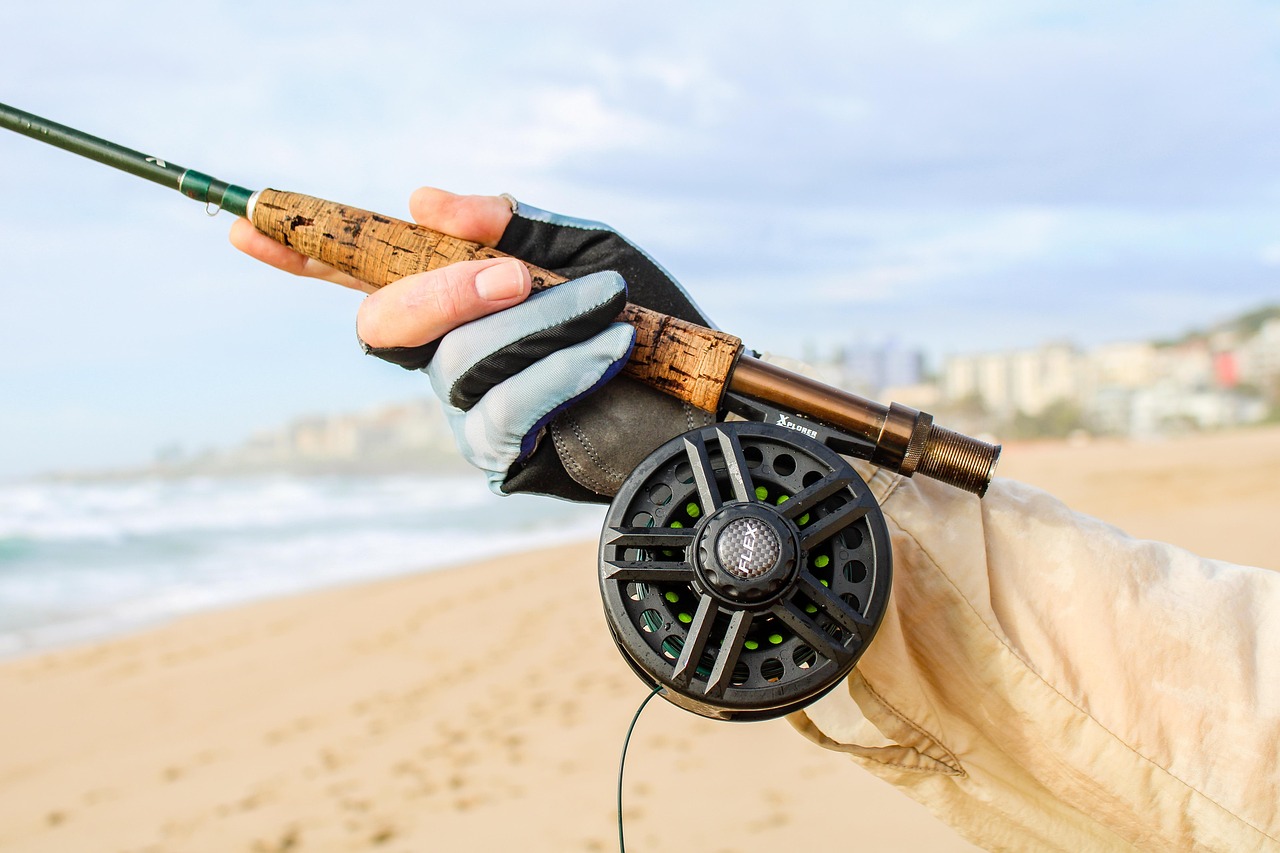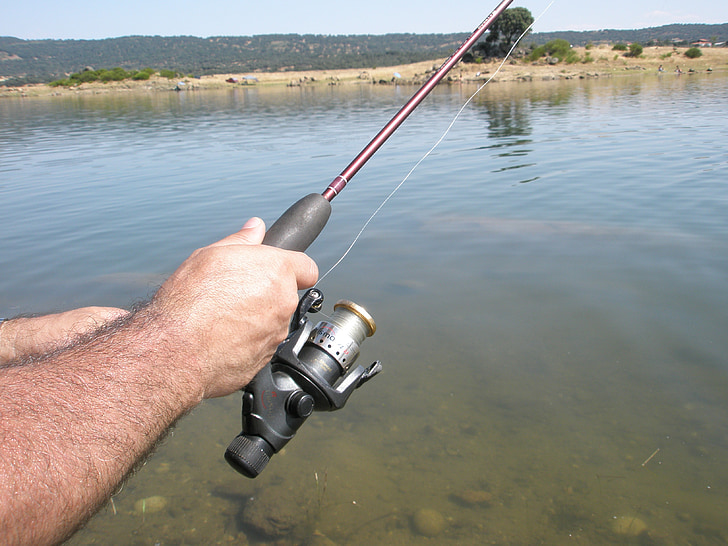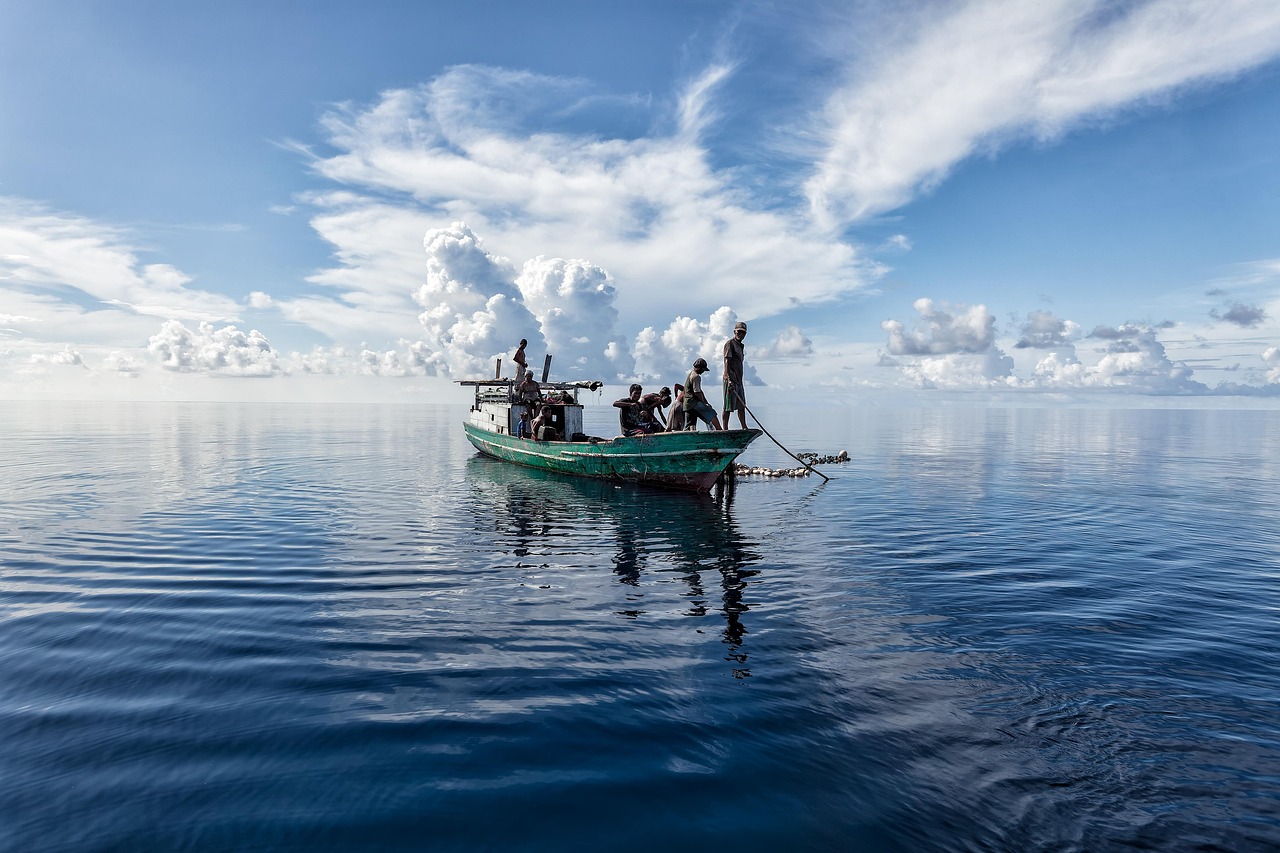Physical Address
304 North Cardinal St.
Dorchester Center, MA 02124
Physical Address
304 North Cardinal St.
Dorchester Center, MA 02124

Manitoba’s world-class fisheries are entering 2025 with significant regulatory updates designed to balance accessibility, conservation, and long-term sustainability. Whether you’re a seasoned angler or planning your first trip to Lake Winnipeg, understanding these changes is critical for compliance and protecting the province’s aquatic ecosystems.
Manitoba has completely overhauled its licensing framework to reduce complexity and improve accessibility:
Licenses for the 2025 season became available for purchase on April 1, 2025, and are valid starting May 1, 2025. The 2024 annual licenses remain valid until April 30, 2025.
To protect spawning stocks and trophy-sized fish, Manitoba has implemented science-based limits for key species:
| Species | Possession Limit | Size Restrictions |
|---|---|---|
| Walleye/Sauger | 4 | None over 55 cm |
| Northern Pike | 4 | None over 75 cm |
| Lake Trout | 1 | None over 65 cm |
| Smallmouth Bass | 4 | None over 45 cm |
| Yellow Perch | 10 | None over 30 cm (Big Bobs Lake) |
Notable area-specific adjustments include:
Understanding when you can fish for different species is crucial for conservation efforts and avoiding penalties:
Key Dates for Walleye and Sauger:
Complete Fishing Closures:
From April 7 to May 10, 2025, several areas will be completely closed to fishing:
Manitoba has dramatically increased fines for fishing violations in 2025, reflecting a serious commitment to conservation:
| Violation | 2024 Fine | 2025 Fine | Increase |
|---|---|---|---|
| Fishing with barbed hooks | $52 | $220 | 323% |
| Exceeding catch limits | $102 | $390 | 282% |
| Bringing live bait into province | $200 | $433 | 117% |
| Unattended fishing line | $52 | $220 | 323% |
| Possession of crayfish | $200 | $433 | 117% |
These substantial increases send a clear message to anglers: know the rules and follow them-or face significantly steeper penalties.
Manitoba continues to strengthen its defense against aquatic invasive species with enhanced regulations:
The Aquatic Invasive Species Regulations help protect Canadian waterbodies by preventing the spread and introduction of harmful species and managing them once introduced.
Manitoba recognizes the traditional rights of Indigenous peoples to fish for subsistence:
The provincial Minister ensures that permits issued to those with treaty or aboriginal fishing rights authorize fishing in accordance with those rights while respecting their priority to exercise these rights.
Organizers of competitive fishing events (CFEs) with 25 or more participants must now:
These regulations ensure that competitive events don’t negatively impact fish populations or their habitats.
Manitoba is investing in conservation through several programs:
The FWEF supports conservation of critical fish and wildlife habitat through projects recommended by Manitoba recreational anglers, hunters, and trappers.
To ensure compliance with all regulations, anglers should utilize these official resources:
For more detailed information about fishing in Manitoba, visit TeenFish.com where you’ll find resources specifically designed to help anglers of all ages navigate the regulations.
Manitoba’s 2025 fishing regulations reflect a commitment to balancing recreational opportunities with conservation needs. By simplifying licensing, implementing science-based limits, increasing penalties for violations, and investing in conservation initiatives, the province is working to ensure its world-class fisheries remain vibrant and sustainable for generations to come.
Anglers play a crucial role in this conservation effort by staying informed about regulations, practicing responsible fishing techniques, and reporting violations. With these collective efforts, Manitoba’s waters will continue to offer some of North America’s best fishing experiences.
For the latest updates, visit:
Tight lines and responsible fishing in 2025!

